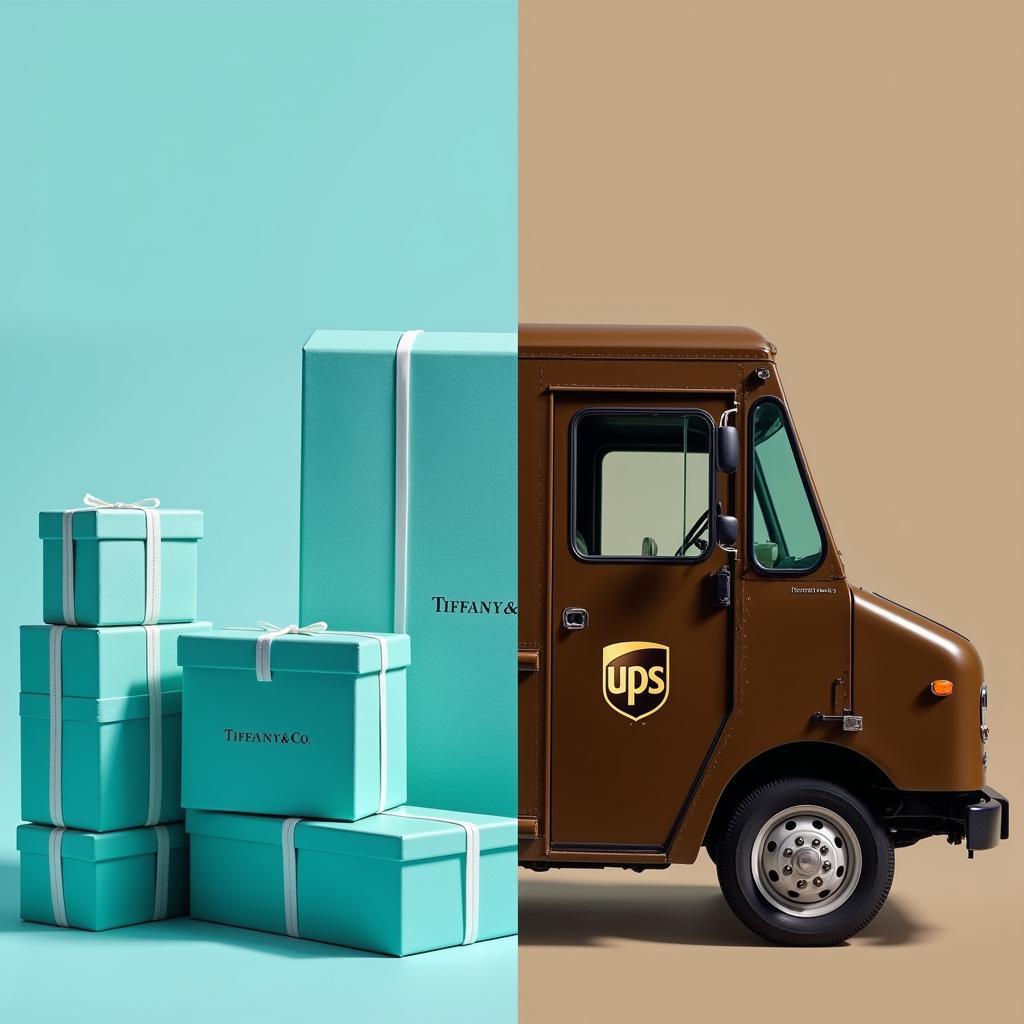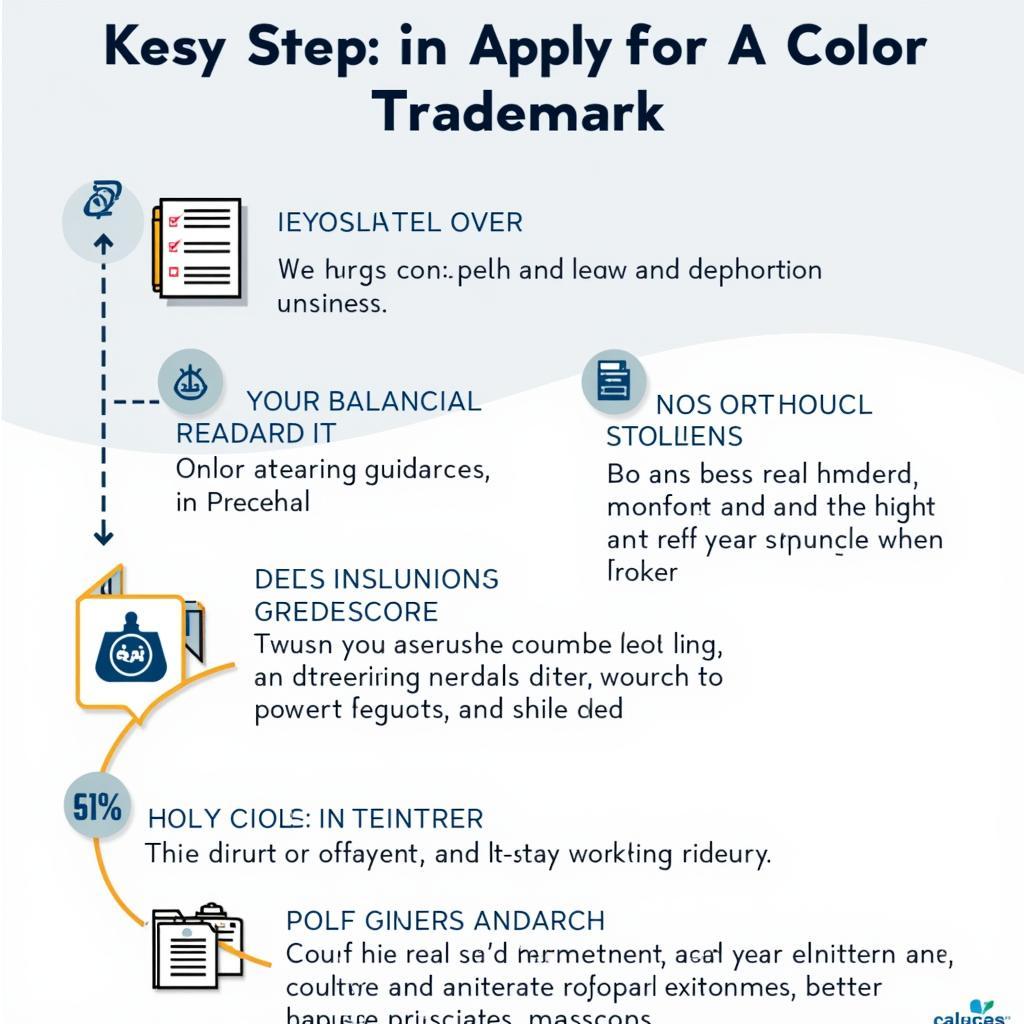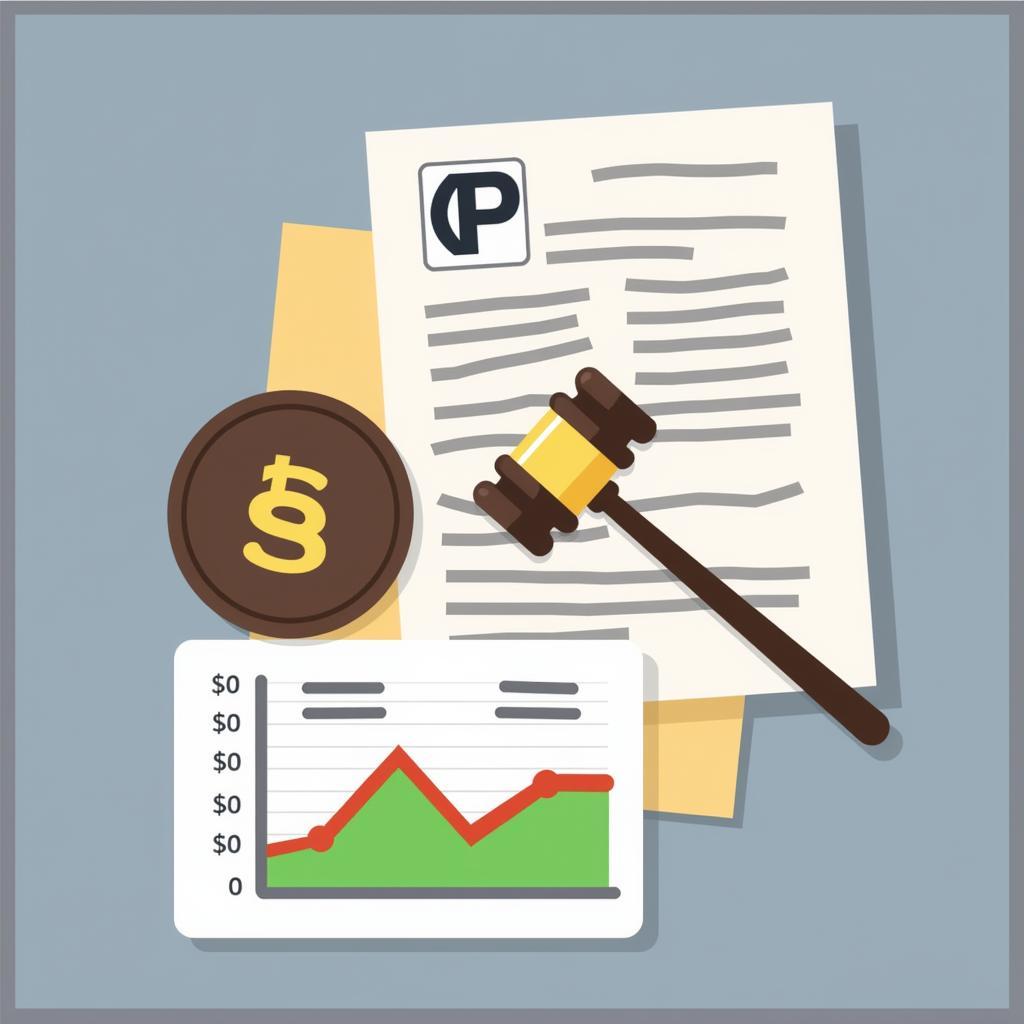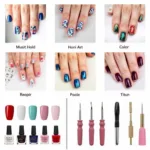Color plays a crucial role in branding and marketing. It can evoke emotions, create associations, and even influence purchasing decisions. So, it’s no surprise that companies want to protect their distinctive colors. But can you actually trademark a color? The short answer is: yes, but it’s complicated.
Trademarking a color isn’t about owning the color itself, but rather about owning its use in a specific context. It’s about preventing competitors from using the same color in a similar way that could confuse consumers. This protection applies to specific industries and goods or services, not across the board. For example, Tiffany & Co. has trademarked their iconic robin’s egg blue for jewelry boxes and packaging, but you can still paint your house that color. Similarly, UPS has trademarked the Pullman brown color for their delivery trucks and uniforms.
What Makes a Color Trademarkable?
Several factors determine whether a color can be trademarked. First, the color must have acquired “secondary meaning.” This means consumers primarily associate the color with a particular brand or product. Think of the examples above: when you see robin’s egg blue, you likely think of Tiffany’s, and Pullman brown brings UPS to mind. This association is built over time through consistent use and marketing. A newly launched company with a unique color palette won’t be able to trademark their colors immediately.
Another crucial factor is distinctiveness. The color can’t be functional or generic to the product. For instance, you can’t trademark the color green for grass seed or yellow for lemons. The color must be used in a non-functional way and contribute to brand recognition rather than the product’s utility.
 Trademark Color Examples: Tiffany & Co. and UPS
Trademark Color Examples: Tiffany & Co. and UPS
How to Trademark a Color
The process of trademarking a color involves several steps, similar to trademarking a logo or name. You’ll need to file an application with the relevant trademark office (e.g., the United States Patent and Trademark Office). This application must include a detailed description of the color, often using standardized color systems like Pantone. You’ll also need to specify the goods or services for which the color will be trademarked and provide evidence of secondary meaning. This evidence typically includes market research, advertising materials, and sales figures demonstrating consumer recognition.
Challenges of Trademarking a Color
Trademarking a color is a complex and often challenging process. One of the biggest hurdles is proving secondary meaning. Establishing this strong association requires substantial investment in marketing and branding. Another challenge is the limited color palette available. As more colors are trademarked, the available options for new brands shrink. This can lead to disputes and legal battles over color similarity and consumer confusion.
 Color Trademark Application Process: Key Steps and Considerations
Color Trademark Application Process: Key Steps and Considerations
Can You Trademark a Color Combination?
Yes, it’s possible to trademark a color combination, provided it meets the same criteria as a single color: distinctiveness and secondary meaning. Think of the red and white of Coca-Cola or the green and yellow of Subway. These color combinations are instantly recognizable and contribute significantly to brand identity. Just like Barney’s color purple, which is readily identifiable. If you are interested in the history of color, you may be interested to know what was the original color of coca-cola.
What Happens if You Infringe on a Color Trademark?
Infringing on a color trademark can have serious consequences, including legal action and financial penalties. If a company uses a color similar to a trademarked color in a way that could confuse consumers, the trademark holder can sue for infringement.
 Infringing a Color Trademark: Legal and Financial Consequences
Infringing a Color Trademark: Legal and Financial Consequences
Conclusion
Trademarking a color is a powerful way to protect your brand identity. While the process is complex, the benefits can be substantial. By understanding the requirements and navigating the challenges, you can leverage color to create a strong and recognizable brand. If you need help with color selection or want to learn how to make orange food coloring, we have resources available. For car enthusiasts curious about coolant colors, we also have an article on what color is dexcool coolant. For any assistance with your color needs, contact us at 0373298888, email [email protected] or visit us at 86 Cau Giay, Hanoi. Our customer service team is available 24/7.
FAQ
- Can I trademark any color I want? No, the color must be distinctive and have acquired secondary meaning.
- How long does it take to trademark a color? The process can take several months or even years.
- How much does it cost to trademark a color? The cost varies depending on the jurisdiction and complexity of the application.
- Can I trademark a color internationally? Yes, through international trademark treaties.
- What happens if someone challenges my color trademark? You may have to defend your trademark in court.
- Can I trademark a color for personal use? Trademarks are generally for commercial use, not personal use.
- Do I need a lawyer to trademark a color? It is highly recommended to seek legal counsel.
Common Scenarios
- A small business wants to trademark their signature color for their product packaging.
- A large corporation is facing infringement from a competitor using a similar color scheme.
- A designer is creating a new brand identity and wants to ensure their color choices are protectable.
Further Exploration
- Explore the history of color trademarks and landmark cases.
- Research different color systems and their use in trademark applications.
Are you curious about whether celebrities color their hair? Check out this article on does ryan day color his beard.
